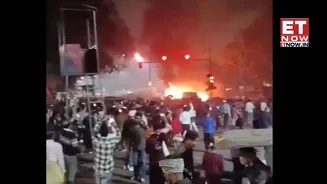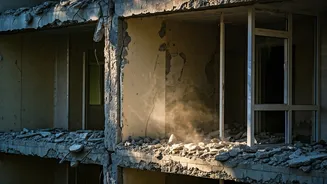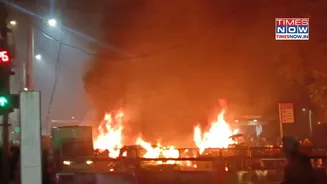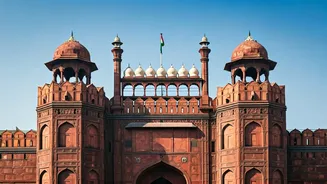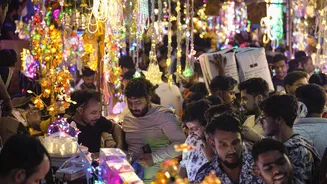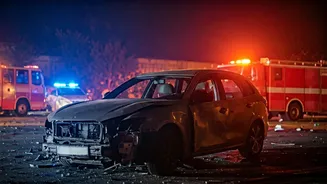Immediate Governmental Reaction
Following the Red Fort blast, Delhi's Chief Minister quickly addressed the public. He issued a statement, advocating for the avoidance of rumors and encouraging
the maintenance of peace within the city. This initial response underscored the government's priorities: providing immediate support to those impacted and preventing the spread of panic. This approach aimed to mitigate the potential for social unrest and ensure the public's confidence in the authorities' ability to manage the situation effectively. The emphasis on factual reporting and responsible behavior was paramount in the initial hours following the explosion.
First Responder Accounts
The aftermath of the Red Fort blast saw the rapid deployment of first responders, who provided on-the-ground assistance. Their narratives paint a vivid picture of the chaotic scene, highlighting their immediate actions to assist the injured. Reports indicate that these first responders rushed towards the site, immediately beginning to extract individuals from damaged vehicles. Their primary focus was on providing emergency care and transporting the injured to the nearest medical facilities. This rapid and decisive action was crucial in saving lives and minimizing further harm in the immediate aftermath of the explosion.
Survivors' Experiences
Those who survived the Red Fort blast faced a multitude of physical and emotional challenges. At Lok Nayak Hospital, survivors dealt with burns, bruises, and the profound shock of the incident. These individuals required not only medical treatment but also psychological support to cope with the trauma. The hospital staff provided essential care, addressing their physical injuries while working to help them process the emotional impact. The road to recovery for these survivors included extensive medical treatment, emotional counseling, and support from their families and communities.
Security Measures Intensified
In response to the Red Fort blast, authorities ramped up security measures across various sensitive locations. In the city of Pune, for example, security around critical infrastructure was notably intensified. This was a proactive step to prevent any potential follow-up incidents or copycat attacks. The heightened security presence included increased police patrols, tighter access control measures, and enhanced surveillance capabilities. This heightened state of alert was designed to reassure the public and deter any further acts of violence while also ensuring the safety of vital public installations.
Wider Regional Impact
The impact of the Red Fort blast extended beyond Delhi, prompting responses in neighboring regions. In Bihar, the incident created a ripple effect, leading to heightened vigilance and security protocols. Police forces were deployed to monitor the situation, ensuring public safety and preventing the spread of misinformation or unrest. This regional response reflected the interconnectedness of security concerns, with authorities coordinating efforts to address the potential for any escalation of violence or disruption. The focus on inter-state cooperation highlighted the need for a unified approach in managing and mitigating the fallout from the blast.


